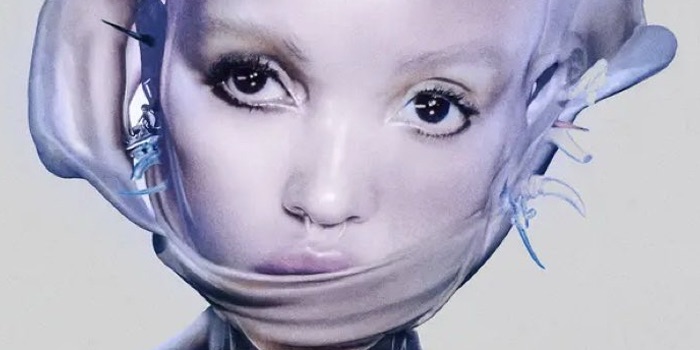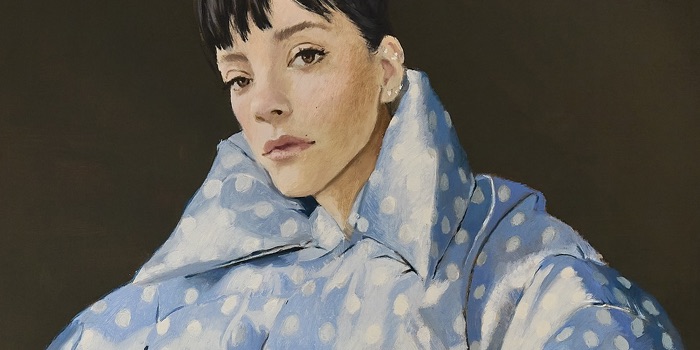
It’s been five years since Lady Gaga released her sixth studio album, Chromatica. Released in the midst of the COVID-19 pandemic, when the world as we knew it came undone, Chromatica offered both escapism and introspection. It mirrored how the world was feeling during those days in lockdown. Originally scheduled for an April 2020 release, the album was delayed by a month. While the pandemic robbed us of a fully realised era, no traditional promo run, no elaborate live performances, Chromatica deserves to be considered a highlight in Gaga’s discography.
It marked a return to the dance-pop sound that first made her a star back in 2008, following the more stripped-back, country-inspired Joanne in 2016. Despite lead single ‘Stupid Love’ leaking online weeks before its official release, it set the tone for the record: high energy, high concept, and unmistakably Gaga. The visuals were bold and otherworldly, described by some as sci-fi high fashion, signalling a creative reinvention that felt exciting, abstract, and fully immersive.
Gaga framed Chromatica not as a literal planet, but as a state of mind. “Earth is cancelled,” she declared in interviews, “I live on Chromatica now.” That framing gave fans an early clue: this album wasn’t just a dance record but a deep dive into her psyche, a sonic representation of her internal world in the years since we’d last heard from her.
Lyrically, the album delves deeply into themes of mental health, trauma, dissociation, resilience and recovery, but these messages are wrapped in euphoric, club-ready production. That juxtaposition becomes the heart of Chromatica. The songs are big, bright, and perfect for the dancefloor but when you tune into the lyrics, they tell a story of struggle and survival. Gaga strikes a delicate balance in that you can soundtrack a night out with these songs, but listen alone and you hear the pain beneath the synths. ‘Free Woman’ stands out as a track that speaks directly to healing and empowerment. Influenced by ’90s house music, it sees Gaga reclaiming her sense of self and boldly declaring, “I’m not nothing without a steady hand / I’m not nothing unless I know I can.” It’s an uplifting proclamation of self-worth and strength that gives her fans a bold anthem of reclaiming confidence and autonomy after pain.

One of the album’s big moments also indicative of its core theme is ‘911’, which follows the orchestral interlude ‘Chromatica II’ and drops in with a literal bang. It quickly became a fan favourite for this alone. The song is about Gaga’s reliance on medication to help her cope with her mental health struggles, with the line “my biggest enemy is me / Pop a 911” capturing the tension between inner chaos and the effort to stay in control through medication. This was confirmed by her in interviews promoting the album.
Gaga didn’t face her inner struggles alone however as Chromatica features high-profile collaborations with Ariana Grande and K-pop juggernauts BLACKPINK. The most unexpected guest though, was her longtime friend Elton John on ‘Sine From Above’, a track that explores the idea of salvation through sound. The clever word play as “sine” refers to a sine wave and a sign, connecting to Gaga’s belief that music is a force that saved her life. The song builds toward a euphoric trance drop, symbolising transcendence through music and ends with a crashing, drum and bass–esque breakdown. While reactions were mixed as some found Elton’s feature slightly jarring, the track ultimately holds its place as a bold and meaningful moment on the album.
Chromatica hasn’t aged in the five years since its release, which is a testament to Gaga’s enduring artistry. The themes she explores remain just as relevant today as they were back in 2020. Through pulsing beats and emotional honesty, she invites her listeners to dance through struggle and pain, reminding us that there is light on the other side. At the time, the album offered the perfect form of escapism and it still does.






